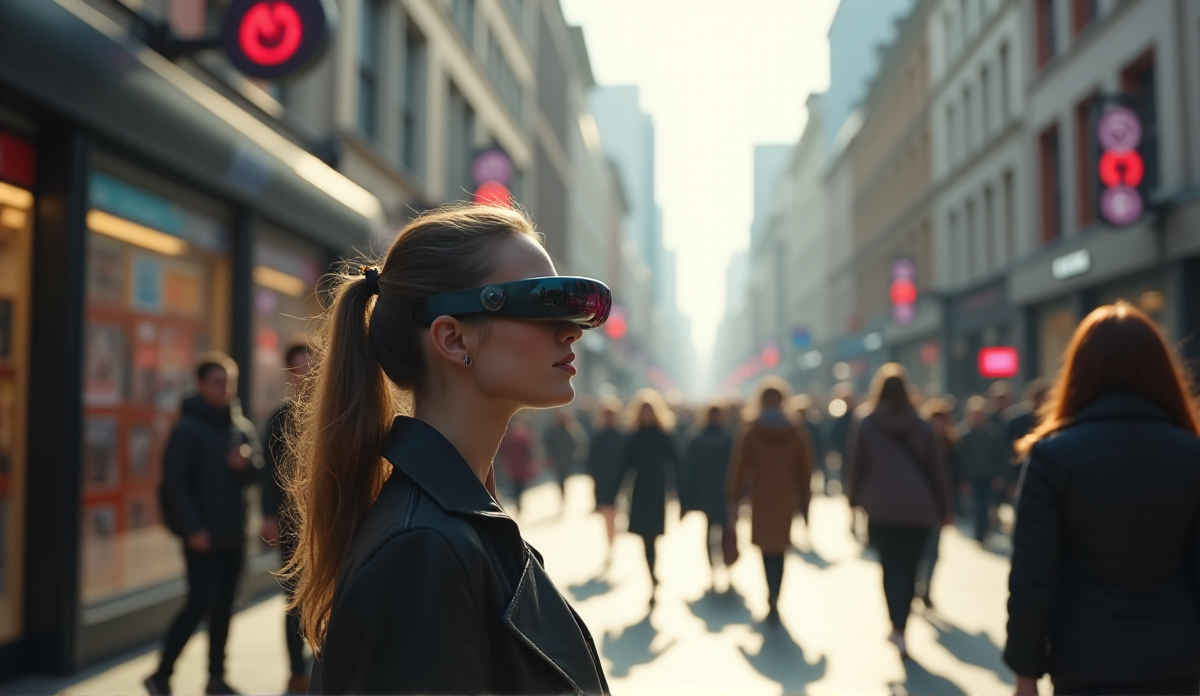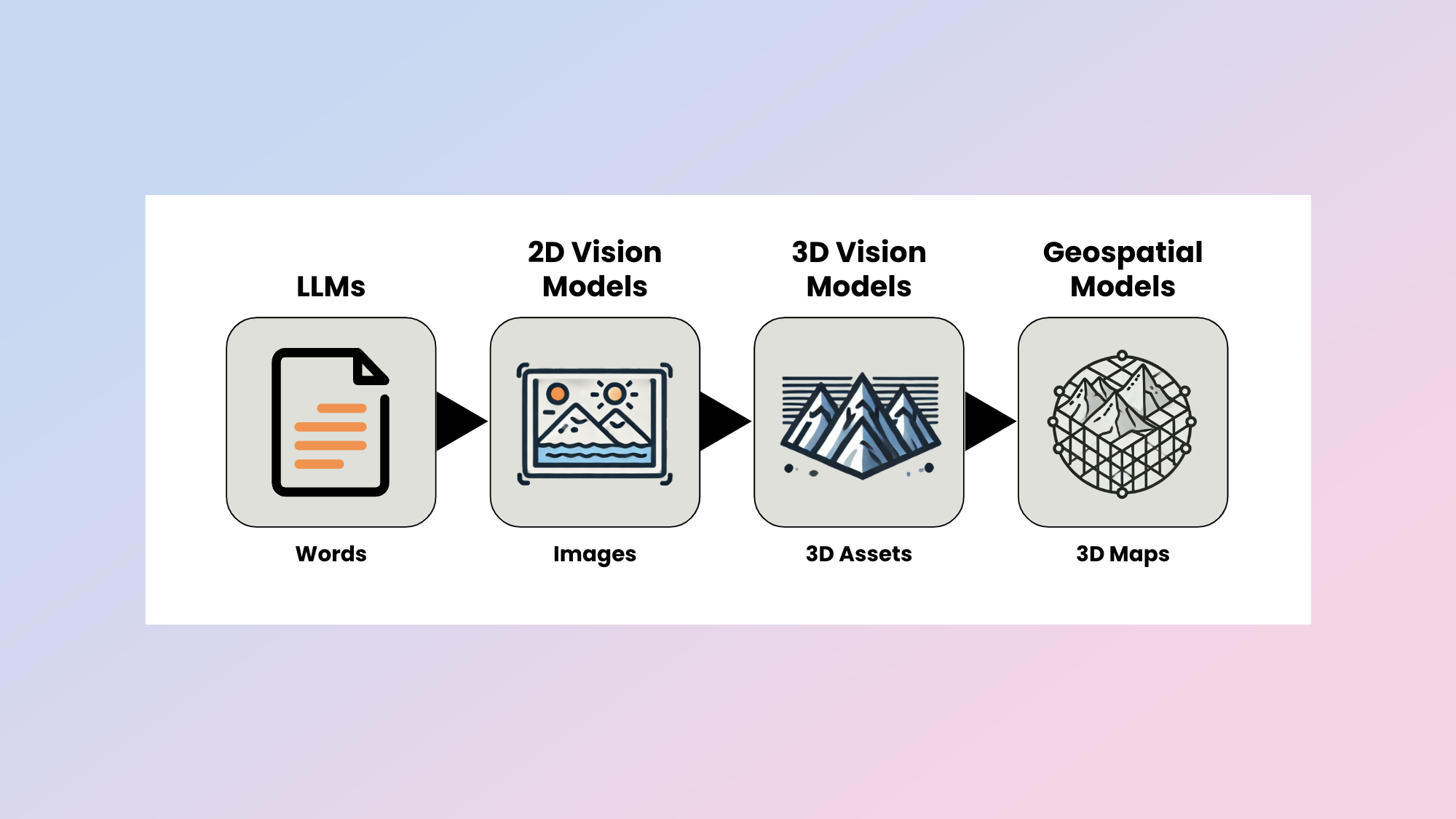Pokemon Go creator may have cracked the future of smart glasses — and it's all about AI

Game developer and augmented reality company Niantic, known for its range of games including Pokemon Go and Ingress, has announced a new initiative to create what it's calling a Large Geospatial Model (LGM).
According to the company, this new model will help machines ‘perceive, comprehend, and navigate the physical world’ in new ways we’ve never seen before.
Basically, this is putting 3D computer vision on steroids, so the machines and software will be able to orient themselves in a fully mapped-out space, in the same way humans do.
The obvious first candidate for this kind of technology will be augmented reality, which has a need to understand its environment more than any other AI technology and something Niantic knows well thanks to Pokemon Go.
What can Geospatial intelligence be used for?

By implementing this so-called ‘geospatial intelligence’ into AR smart glasses, we will eventually all be able to enjoy a more intricate interaction with our surroundings as we move about the world. It’s not just mapping, or even AR games, but also information and data expertise that will benefit.
Imagine a kind of Minority Report world, where we have in-depth information about locations at our fingertips, but can also reverse the scene in time to see what it looked like 100 years ago, or what it might look like once work is finished in 5 years.
Geospatial information also includes key data such as dimensions and scale, which again goes beyond generic 3D, and allows for specific design and logistical interactions for people like architects and planners.
Get instant access to breaking news, the hottest reviews, great deals and helpful tips.
What data was collected for the model?

The company has already secured over 10 million 3D scans from around the world for its game products, and currently receives some 1 million new scans a week. The race is now on to convert them into a digital format which can be embedded into this new geospatial neural network.
The model is well on its way, with more than 50 million neural nets already having been trained, providing trillions of parameters to serve as the foundational dataset for the model.
In the same way large language models have scanned and converted billions of datapoints to create AI image, language and music generators, we’re about to witness a similar transformation in 3D space.
A key feature of the LGM is its ability to learn from its vast data corpus, and extrapolate that knowledge to fill out gaps in its world. So, unlike a street-view image, which can only see the front of a church, the LGM can use its ‘brain’ to create a best guess of what the whole building looks like, including parts it’s not physically seen.
In this way a super accurate geographic map of the globe at centimeter-level accuracy can be created, and used for a large number of existing and innovative applications not yet thought of.
Niantic is 'pushing the boundaries'

Niantic has a long history of pushing the boundaries of augmented gaming, using nothing more complicated than a smartphone camera and an app.
Anyone who’s ever trudged around windswept city streets hunting for Pokemon, clutching their phones like demented paparazzi, will know what that means.
The game has been downloaded nearly a billion times since its launch in 2016, and even now it's estimated that there are more than 90 million players logging on every day.
It is not hard, therefore, to see how the company would hope to profit off the expansion of a much more sophisticated world-view, especially as we start to employ more smart glasses tech as part of our everyday lives.
Is this the Metaverse by another name?
The Metaverse may currently have stalled on the starting blocks, but there’s still every indication that we’re moving towards a more augmented reality in the near future. Especially as the technology improves, and AI makes the experience so much more productive and engaging.
Meta’s $299 Wayfarer Ray-Ban smart glasses point the way to a more connected world, with their on-board AI, camera and livestream controls. While the battery life may currently be too limited at just 4 hours use from a charge, that’s a problem which will disappear once battery technology improves, as it’s doing every year.
In the meantime, initiatives like Niantic’s LGMs will almost certainly play a key part in securing the future value we can extract from our environment on a day to day basis.
More from Tom's Guide
- Apple Intelligence release date — here’s when all the AI features are coming
- I've been testing ChatGPT Canvas — here's why I think it's the most important AI tool of the year
- I’ve just seen the future of memes — Pika launches 1.5 and it can cake-ify anything

Nigel Powell is an author, columnist, and consultant with over 30 years of experience in the technology industry. He produced the weekly Don't Panic technology column in the Sunday Times newspaper for 16 years and is the author of the Sunday Times book of Computer Answers, published by Harper Collins. He has been a technology pundit on Sky Television's Global Village program and a regular contributor to BBC Radio Five's Men's Hour.
He has an Honours degree in law (LLB) and a Master's Degree in Business Administration (MBA), and his work has made him an expert in all things software, AI, security, privacy, mobile, and other tech innovations. Nigel currently lives in West London and enjoys spending time meditating and listening to music.
